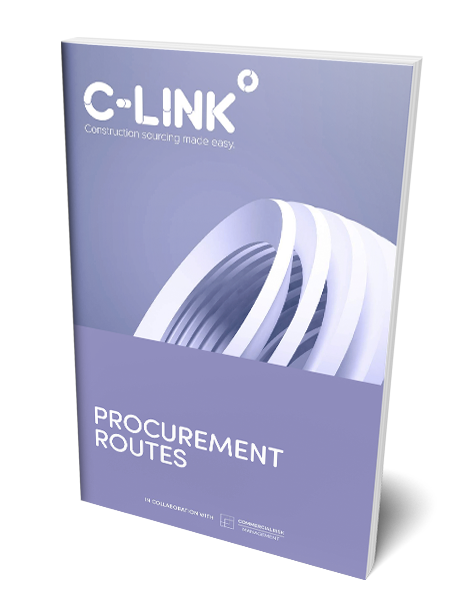Procurement & Subcontract Tendering – Project Lifecycle 9

Paul Heming
August 8th, 2018- blog
- >
- procurement-subcontract-tendering
We’ve discussed cash-flow and its importance to running a project. Good cash-flow gives you flexibility and control during Sub-Contract procurement.
How often have you been offered a discount in trade for reduced payment terms by a Subcontractor? If your project is cash positive and you could afford reduced payment terms in return for a discount – why wouldn’t you do it?
Every step we’ve covered in the project lifecycle, including cash-flow management, leads to Subcontracting – procurement is probably the single biggest opportunity you will get on projects so make sure you’ve considered all the previous steps and with procurement, plan from the outset.
At the start of your project, build a detailed procurement schedule and take your time on all the packages. Front end planning is key and if you have the luxury of time on your side (by the way you almost always need this on 1 or 2 key packages) you really should spend it focused on procurement.
But focused on what?
1. Value Engineering
Gaining an understanding of the specification and architectural design is fundamental. More often than not, there are opportunities where things in the original design have been:
- Over engineered / over specified, or
- An expensive product has been identified If you can find equal performing solutions that are financially viable for yourself and attractive to the client, everyone wins.
The key is scheduling the time to analyse and consider what solution or system you’ve been asked to procure and why it has been specified – often, the original solution can be changed to your benefit – particularly when you have design responsibility.
Subcontractors are experts in their field and at tender stage are out to impress. Tendering gives you the opportunity to delve in and extract their knowledge and find alternative solutions which both:
- Meet the performance requirements; and,
- Deliver reduced costs or durations on site
Working closely with Specialists on key packages and asking them for Value Engineering solutions is intelligent and will deliver results, so be open-minded and extensive in your approach.
2. Don’t De-Risk Everything
A procurement buzz phrase is ‘Back-to-Back’.
This basically means, all the risks you’ve got pass them down to your subcontractors. This isn’t terrible logic but it’s not always the best way.
Assess the risks and take the time to understand whether you can manage these yourselves rather than passing it down to Subcontractors. Personally, I believe you can think about risk with a Game Theory approach:
Let’s say you’ve got a risk that happens 1% of the time. If it happens the cost is £10,000. You always ‘de-risk’ and pass the risk to your subcontractor who charges £1,000. In practice this means you pay the following over 100 projects:
[table id=1 /]
This is a very simple example but at least it should be thought-provoking. As tempting as it is, throwing the risk down the line, isn’t always the most intelligent way – couldn’t you ‘manage it out’ yourselves.
3. Back-to-Back
Despite the above, it is of course important to ensure you’re ‘back-to-back’ on certain key elements of the contract. Headline matters like Practical/Sectional Completion, the Defects Liability Period (DLP), release of Retention etc. it is key to be ‘back-to-back’ to avoid unnecessary complications and risk.
This is particularly important in with issues like the DLP as you need to impose the same programme and restrictions on your supply chain as your client does with you – failing that you’re in for trouble!
Need a Procurement Schedule template? Get in touch via email and we’ll send one your way!
About Paul Heming
Paul was a Quantity Surveyor who gained 10 years experience of managing £200 million worth of flagship UK projects, including 20 Fenchurch Street and Battersea Power Station. In 2015, Paul founded C-Link with the intention of sharing his expertise of managing major projects with the SME market.
-
Free Resources

Procurement Routes
Download now
Why not also take a look at these…
-
PCSA Agreements – Project Lifecycle 11
Pre-Construction Services Agreements (PCSAs) are used to appoint design and build Subcontractors ...

-
Procurement & Subcontract Tendering –...

Paul Heming
August 8th, 2018 -
Cash is your best friend – Project Li...
Cash is your best mate… In all lines of business ‘Cash is King’, but in construction, it’s mor...




